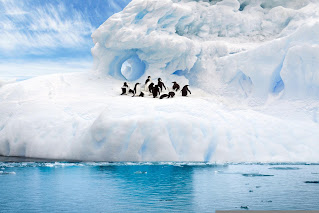In Praise of Amateurs
In Praise of Amateurs Despite the specialization of scientific research, amateurs still have an important role to play. During the scientific revolution of the 17th century, scientists were largely men of private means who pursued their interest in natural philosophy for their own edification. Only in the past century or two has it become possible to make a living from investigating the workings of nature. Modern science was, in other words, built on the work of amateurs. Today, science is an increasingly specialized and compartmentalized subject, the domain of experts who know more and more about less and less. Perhaps surprisingly, however, amateurs – even those without private means – are still important. A recent poll carried out at a meeting of the American Association for the Advancement of Science by astronomer Dr Richard Fienberg found that, in addition to his field of astronomy, amateurs are actively involved in such fields as acoustics, horticulture, ornithology, meteorolog




